10 mins read
Award-Winning BIM Designs: Five Innovative Projects That Showcase The Future
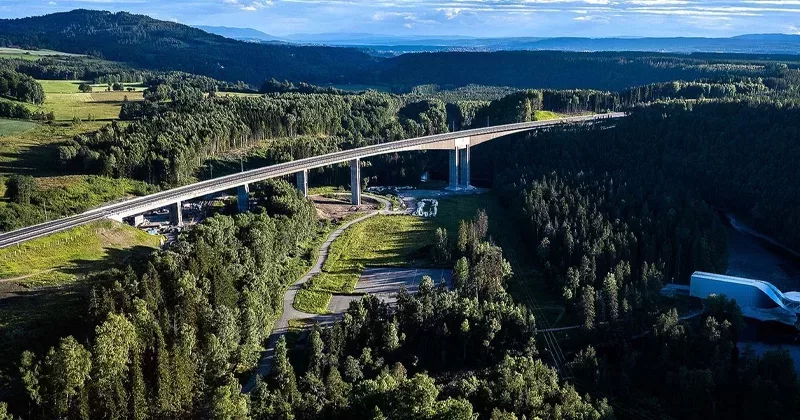
Perhaps no other innovation in the history of the construction industry has been as influential and revolutionary as Building Information Modeling (BIM). All around the world, stunning architectural and engineering examples—often designed and built in record time—reveal the influence of BIM on our infrastructure, art, work, and recreation.
We discussed BIM history in one of our latest posts, and now we will outline five award-winning examples of how this technology can boost construction projects.
Limiting our review of award-winning BIM project examples to just five was challenging, but our highlighted projects illustrate the power, breadth, and potential of BIM, which continues to expand daily.
Keep reading for a full guide on the value of BIM projects!
What Is a BIM Design?
Building information modeling (BIM) is a software-based concept that utilizes advanced computer models to produce a 3D representation of a building structure. BIM designs help develop, model, and manage construction projects using data and advanced digital technologies.
By using collaborative BIM management software, architects, engineers, and other stakeholders worldwide can work from a common platform in real-time, sharing ideas, testing concepts, and proactively predicting clashes and other design issues. The winning combination of advanced 3D modeling and collaboration makes design projects more efficient while preventing downstream issues during construction and beyond.
The best BIM designs are true marvels of modern engineering and computer technology, but BIM brings additional benefits to architecture, engineering, and construction (AEC) projects throughout their lifecycle. Along with improved timeliness and cost savings, BIM allows detailed information on materials, components, safety, maintenance, and many other elements to be captured on one intelligent platform.
What Is a BIM Project?
A BIM project is any design, construction, or refurbishment project that utilizes BIM tools and methodologies to manage and track the project. During the design phase, BIM projects also complete critical analysis and test processes within the digital construction realm.
BIM project management tools overcome many of the pitfalls that have traditionally led to design and construction inefficiency, rework, safety issues, clashes, and missed deadlines by improving information sharing and communication in construction. The BIM platform also provides valuable insights into the construction process and the specific challenges associated with each new design concept.
BIM-based projects extend well beyond the creation of digital models to include the comprehensive management of project activities, stakeholders, materials, and timelines throughout the entire construction lifecycle. BIM project management can span from the conceptual design phase through the entirety of construction, handover, and ongoing facility management activities, right through to demolition and recycling. In this way, a BIM project integrates different disciplines and project stages while ensuring that all stakeholders have access to consistent and accurate project information.
Types of BIM Designs
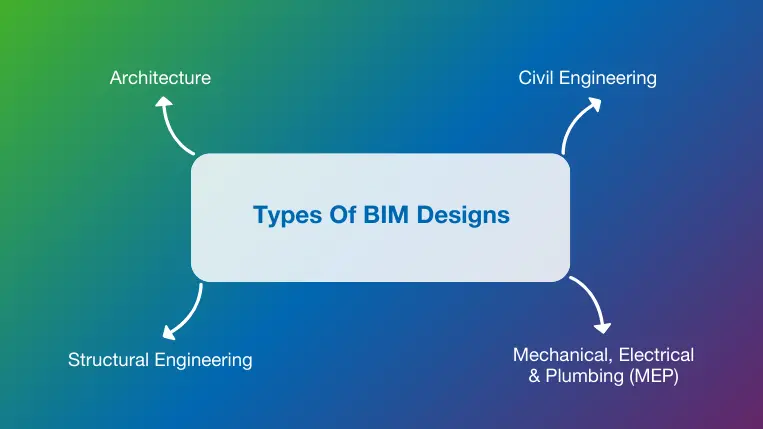
Building Information Modeling (BIM) has proven to be an extremely powerful tool, as we can see from the growing list of successful BIM projects. Its versatility makes it applicable to all types of architectural, engineering, and construction (AEC) designs. Let’s expand on this point below!
Architecture
BIM innovation has revolutionized the field of architecture by replacing hand-drafted drawings with interactive 3D models that allow architects to quickly model and review new concepts. BIM also makes visualizations more precise while allowing the entire, detailed project concept to be clearly presented to clients.
Architects can leverage the analytical and predictive capabilities of BIM designs to select more sustainable materials, anticipate lighting and energy consumption requirements, and minimize maintenance costs over the lifespan of the structure.
Civil Engineering
BIM designs are ideally suited for Civil Engineering tasks like seismic analysis, grading, and drainage plans, where a representative 3D model saves valuable time while allowing civil engineers to make the best possible design choices. A BIM platform also allows existing features to be seamlessly melded with new design elements to give the project a real-world context.
The collaborative aspects of BIM in infrastructure projects allow engineers to review constructability and conduct design reviews from any location as the project progresses. After the design is finalized, the engineering team can use BIM to create digital twins of infrastructure assets, providing valuable information for ongoing maintenance and facility management.
Mechanical, Electrical & Plumbing (MEP)
MEP systems and interdependencies in large projects can be extremely complex and introduce many opportunities for errors and inefficiencies. By allowing plumbing contractors, HVAC specialists, and electricians to simulate unlimited options in the model, BIM allows MEP layouts and associated designs to be completed more quickly, optimized to make the best use of natural phenomena such as sunlight and its associated warmth and coordinated more efficiently during construction. Early detection of clashes between primary building elements and utilities, MEP, and other components of the project is another important benefit.
Structural Engineering
The modeling, simulation, and computational capabilities of BIM make it an invaluable tool for completing advanced structural engineering tasks. Beyond the physical shape and appearance, BIM solutions also model the structural properties of beams, columns, walls, slabs, foundations, and facades to make stress analysis and load calculations less challenging for the world’s most remarkable structures.
Structural engineers can plug in codes for a wide variety of aluminum, steel, concrete, and timber building materials to instantly test the impact of building material choices on design integrity. In this way, the most sustainable and visually appealing design can also become the safest and most durable.
5 Award-Winning BIM Project Examples
The rise of Building Information Modeling has precipitated numerous advances in construction design worldwide in terms of functionality, problem-solving, aesthetics, and other factors.
Since BIM has been at the heart of so many leading projects in recent years, several global BIM awards have been introduced to celebrate work that pushes the envelope and demonstrates the long-term value of BIM.
To highlight these accomplishments, we have explored the form and function of five award-winning BIM projects that claimed prizes at the Tekla Global BIM Awards and Architizer A+ Awards last year.
1. Randselva Bridge, Honefoss, Norway

The winner of Best BIM Project & Best Infrastructure Project at the Tekla Global BIM Awards is a 634-meter cantilever concrete bridge based solely on BIM, which is recognized as the longest bridge in the world to be built without drawings.
The Randselva Bridge project was based on hugely complex BIM modeling, with 200,000 rebars and 250 post-tensioning cables built into the model. The bridge’s slender geometry introduced some challenges, as very heavy reinforcement was necessary for the design. Design teams were based in four cities across four different countries and collaborated effectively within a BIM environment where all objects were modeled for clash detection.
The contractor (PNC) received 95 percent of project information via IFC files, while most project objects were modeled using parametric design to help streamline revisioning.
A major BIM benefit is eliminating the margin for error. Randselva Bridge has over 200 pour phases, and the contractor will be able to extract relevant bar-bending lists from the export IFC files as required.
The finished design is proof that BIM can be used to effectively facilitate large-scale projects, even if certain project parameters are difficult and design teams are working from different countries.

2. Building B310 – Technical University Denmark (DTU), Kongens Lyngby, Denmark
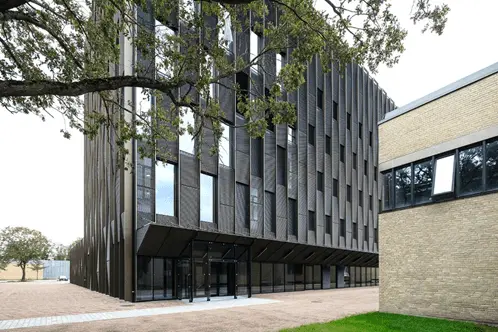
Christensen & Co Architects claimed the Jury Winner prize in the Architecture +BIM category at the Architizer A+ Awards in 2020. Their six-story educational building at DTU Denmark was a 100 percent digital project from initial design throughout the construction phase. This commitment even carried over to the worksite itself, where construction workers carried out their building using digital drawings on their tablets.
Building B310 contains custom-designed research spaces and multi-purpose laboratories. Clients, contractors, and advisors collaborate in an open BIM environment to get the job done. With all stakeholders actively contributing to the project across multiple phases, potential issues were identified before they impacted the build.
The contemporary structure was designed to fit the overall aesthetic of DTU. Its façade folds into a canopy, and there are large panoramic windows all around the complex. Building B310 demonstrates how BIM can empower architects to excel during design phases, with project teams able to confirm the feasibility of the proposed work.

3. One Nine Elms, London, United Kingdom
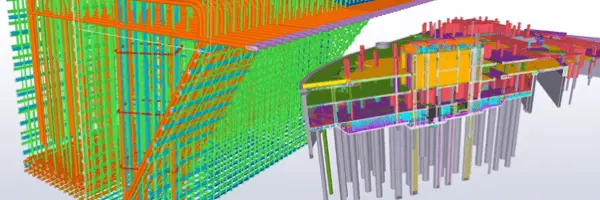
One Nine Elms is a €330 million mixed-use development that will be completed in 2024 and feature two stunning glass towers. The development also includes commercial, residential, and hotel spaces, an underground parking lot, and an energy center.
BIM software was a driving force behind the complex’s 3-story basement structure, including the ground floor. SOLVE Structural Design was commissioned to work on the 3D RC detailing for these 3-stories, which contained 30,000 cubic meters of concrete and over 4000 tons of reinforcement.
Complex 3D rebar models were used to identify potential problems, with areas of heavy congestion and significant bar clashes uncovered at an early stage. BIM supported the creation of final reinforcement layouts and sequencing that worked well for the contracting team across the project. In the end, the contracting team at Careys Civil Engineering was able to successfully complete one of the largest continuous concrete pours ever seen in London.
More and more large-scale commercial projects are turning to BIM workflows for complex logistical solutions. One Nine Elms is a notable example of different enterprises combining their skill sets in a well-considered BIM environment.

4. TitletownTech, Wisconsin, United States

TitletownTech is a 45,000-square-foot commercial center in Wisconsin commissioned as a joint venture between the Green Bay Packers NFL franchise and Microsoft. The innovation center acts as a corporate office for some Microsoft employees and a meeting lab for entrepreneurs and regional businesses working on new ideas in sports, media, and other fields.
From a design perspective, the cantilevered glass box at the entry of the center resembles a trophy case, a nod to the long-term sporting success of the region. Steel, bricks, and dark wood also feature prominently as a reflection of the old mill buildings and industrial heritage of Wisconsin.
Architecture and design firm SGA utilized its own Virtual Design and Construction (VDC) environment when working on TitletownTech. This software suite incorporates Building Information Modeling, so the enterprise can maintain a model-first approach within their design work.

5. Lion and Eagle Transition Tower, Belgorod, Russia

An eye-catching design from Russia won Best Small Project at the Tekla Global BIM Awards in 2020. The 26-meter high, 33-tonne active transition tower is designed and colored to match the Belgorod city coat of arms and has proven a popular attraction among locals and visitors alike.
BIM supported steel construction modeling and drill down status on this project, which consisted of 5805 bolted joints and 5869 support parts. Hot dip galvanizing was used to prevent corrosion in the structure, built on a foundation comprising 91 cubic meters of concrete.
Belenergomash BZEM LLC’s result blends form, function, and civic pride in an innovative project based on BIM workflows.

The designs detailed above demonstrate exactly what is possible with the latest generation of BIM software. Forward-thinking project teams are learning to unlock the manifold benefits of BIM across a wide scope of project types.
Top 5 Tips for Better BIM Project Management
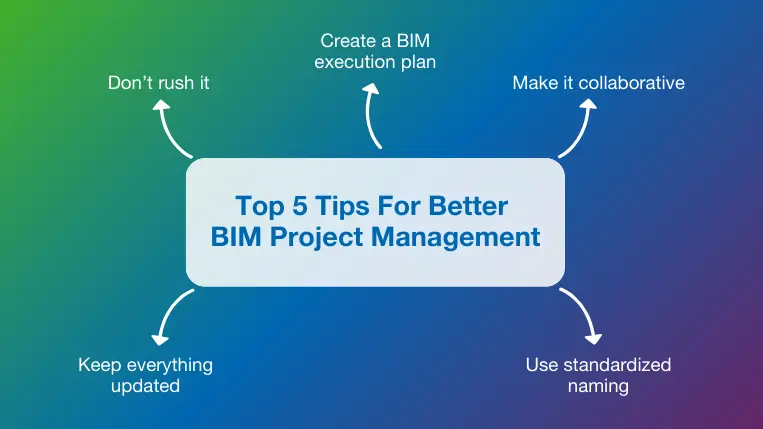
The power of Building Information Modeling and many other advanced tools is only limited by the habits and practices of the designers, architects, and engineers who use it. A successful BIM project is the result of careful planning, training, integration, and standardization that takes place even before the first virtual brick is laid. The following tips and best practices lead to more efficient and successful BIM projects.
Don’t rush It
BIM project efficiency saves you time and money, but that doesn’t mean you need to rush to the finish line. Use the time savings to make sure all stakeholders are well-versed in the BIM software platform and provide organized training when needed. As revolutionary as BIM is, it relies on accurate and comprehensive information to begin the design process successfully. So, taking a slower, step-by-step, goal-driven approach from day one can prevent errors and scope changes further down the road.
Create a BIM execution plan
A BIM execution plan (BEP) is a document created by the project team that describes how they will use BIM tools and techniques to meet their objectives. Like all execution plans, a BEP should include the roles and responsibilities of stakeholders, deliverables that must be completed, risks and mitigations, and an outline of the project schedule. The BEP should also describe the specific software selected, such as BIM takeoff software or BIM estimating software, and how it will be implemented.
Make it collaborative
Cloud-based BIM platforms facilitate collaboration between architects, engineers, and designers worldwide, but efficient construction collaboration is not limited to project teams and management. BIM designs facilitate sharing concepts with clients, city planners, local business leaders, and other external stakeholders to ward off misconceptions or concerns while building enthusiasm for the project. This transparency helps ensure everyone is aligned with the project’s vision and objectives.
Use standardized naming
The benefits of a collaborative BIM design process cannot be fully realized unless everyone is on the same page. That includes developing standard naming conventions for materials, objects, and every other element of the project. Standardized naming prevents communication problems and confusion that can delay the design process or introduce errors.
Keep everything up-to-date
Unlike siloed teams that worked from hand-drawn plans and blueprints in the past, BIM platforms make it easy to provide everyone with the most current information on the project schedule, cost, status, and design itself.
Powerful BIM software still needs human team members to ensure all components, materials, and other design changes are incorporated into the BIM platform as soon as possible. With teams dispersed across continents, even minor delays can lead to quality issues or lost construction productivity.
Boost Your Projects With Professional BIM Designs
As you’ve learned throughout this post, BIM is an innovative and powerful methodology that takes projects to the next level thanks to the power of 3D technology and data processing.
When it comes to quantity surveying and estimating, RIB CostX represents an all-in-one solution for 5D BIM workflows. Our platform is constantly developed to suit the latest industry evolution and combines a wide selection of features beyond 5D BIM, including auto-revisioning, spreadsheet-based estimates of both cost and embodied carbon, a custom report writer, and more.
At RIB Software, we have been leaders in the BIM industry for years. Offering our customers the best-specialized solutions to boost productivity and ROI. If you would like to experience the power of BIM, get a demo for RIB CostX today!

Most Recent
10 mins read
11 mins read
11 mins read
10 mins read
Blog Categories
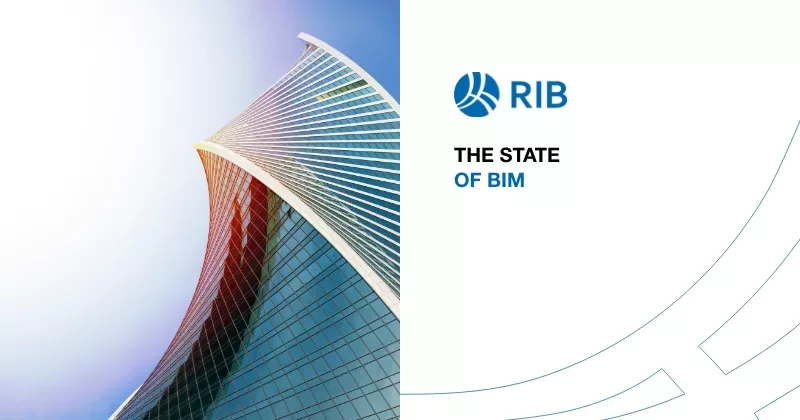
Ebook











